Barometer 10 Click
R535.00 ex. VAT
Barometer 10 Click is a compact add-on board that measures air pressure in a specific environment. This board features the LPS28DFW, an ultra-compact piezoresistive absolute pressure sensor that functions as a digital output barometer from STMicroelectronics. The LPS28DFW comprises a sensing element and an IC chip for signal processing in one package, converts pressure into a 24-bit digital value, and sends the information via I2C serial interface. It has a selectable dual full-scale absolute pressure range of up to 1260hPa and 4060hPa, with an absolute pressure accuracy of 0.5hPa over a wide operating temperature range. This Click board™ is suitable for various pressure-based industrial, consumer, weather stations, and more applications.
Barometer 10 Click is fully compatible with the mikroBUS™ socket and can be used on any host system supporting the mikroBUS™ standard. It comes with the mikroSDK open-source libraries, offering unparalleled flexibility for evaluation and customization. What sets this Click board™ apart is the groundbreaking ClickID feature, enabling your host system to seamlessly and automatically detect and identify this add-on board.
Stock: Lead-time applicable.
| 5+ | R508.25 |
| 10+ | R481.50 |
| 15+ | R454.75 |
| 20+ | R437.63 |

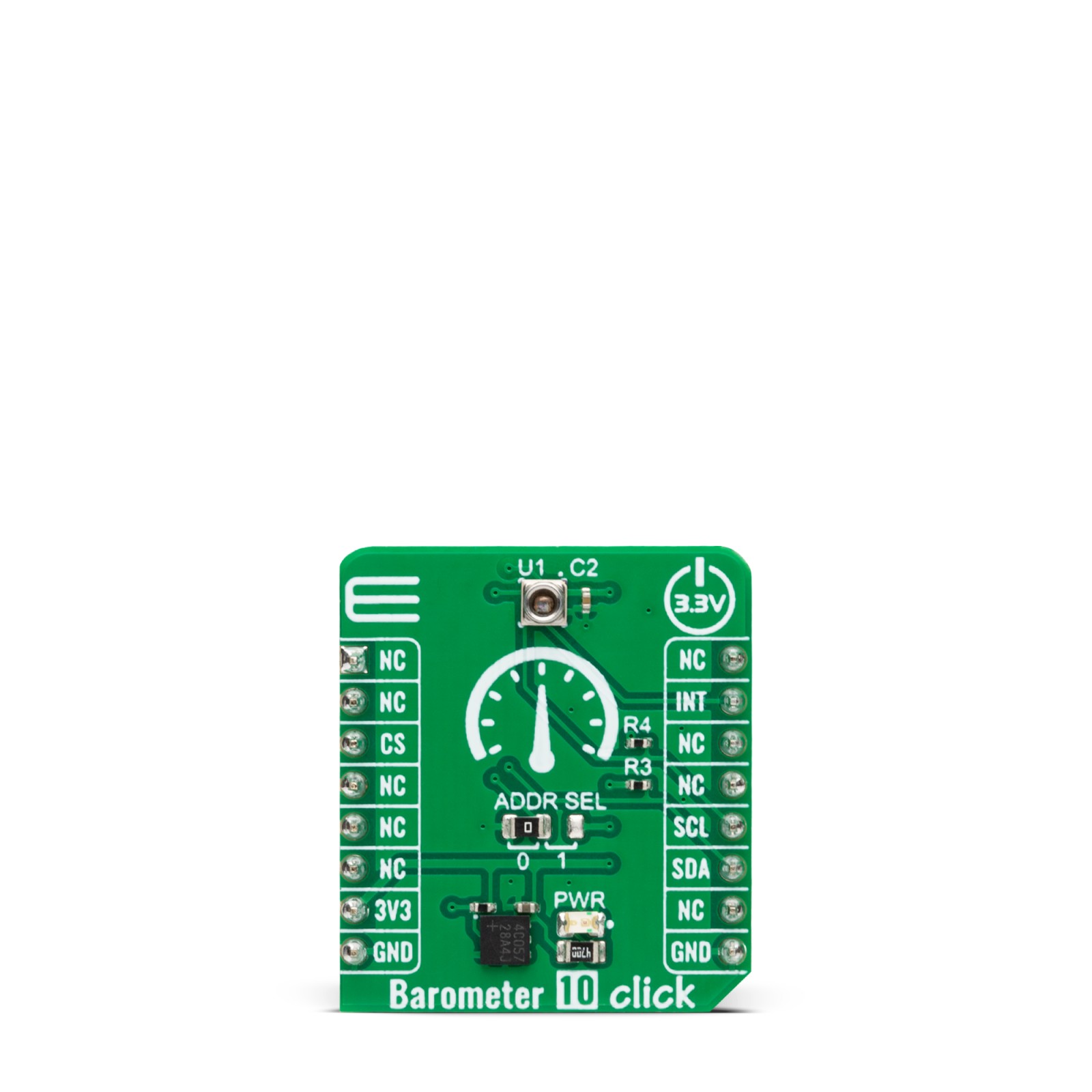

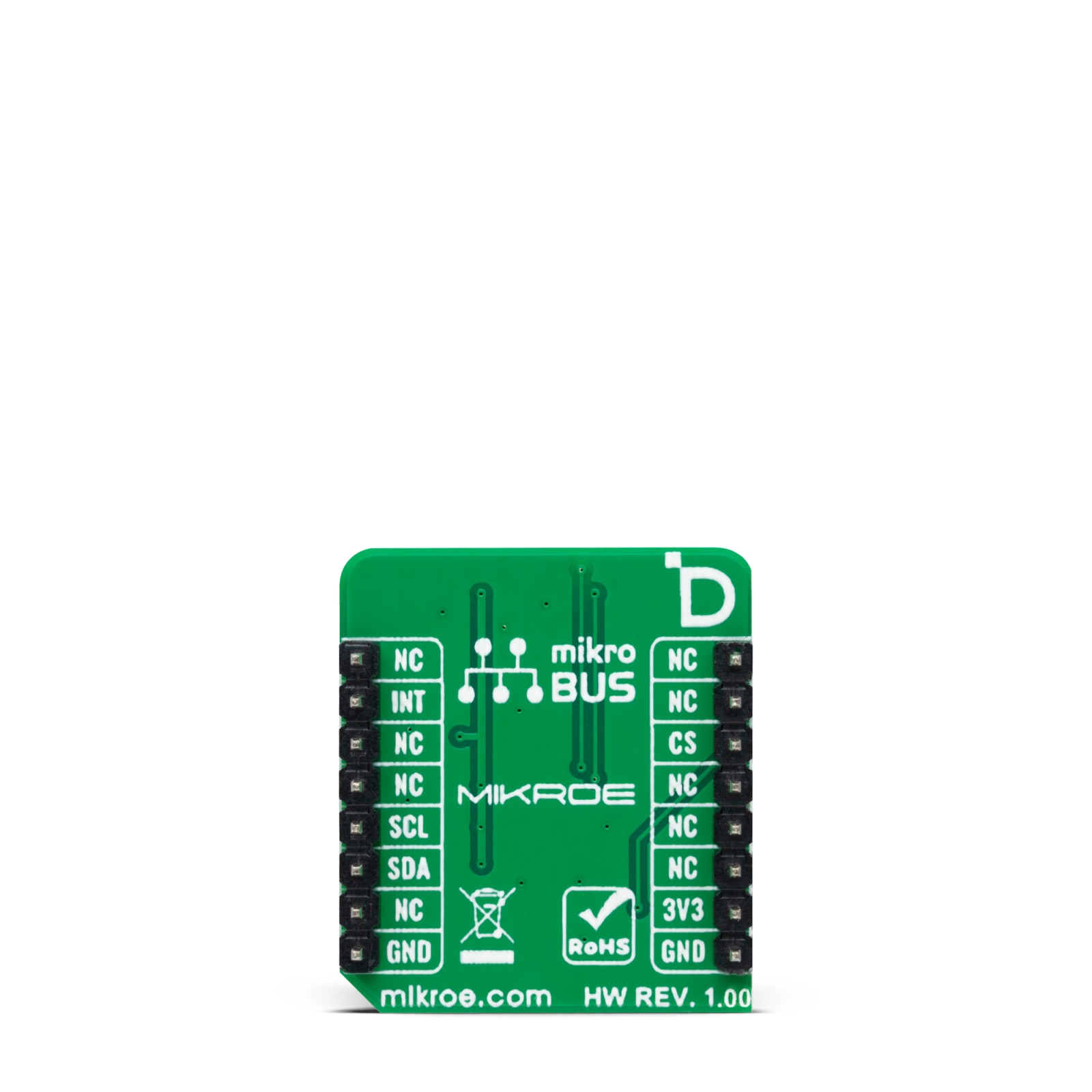
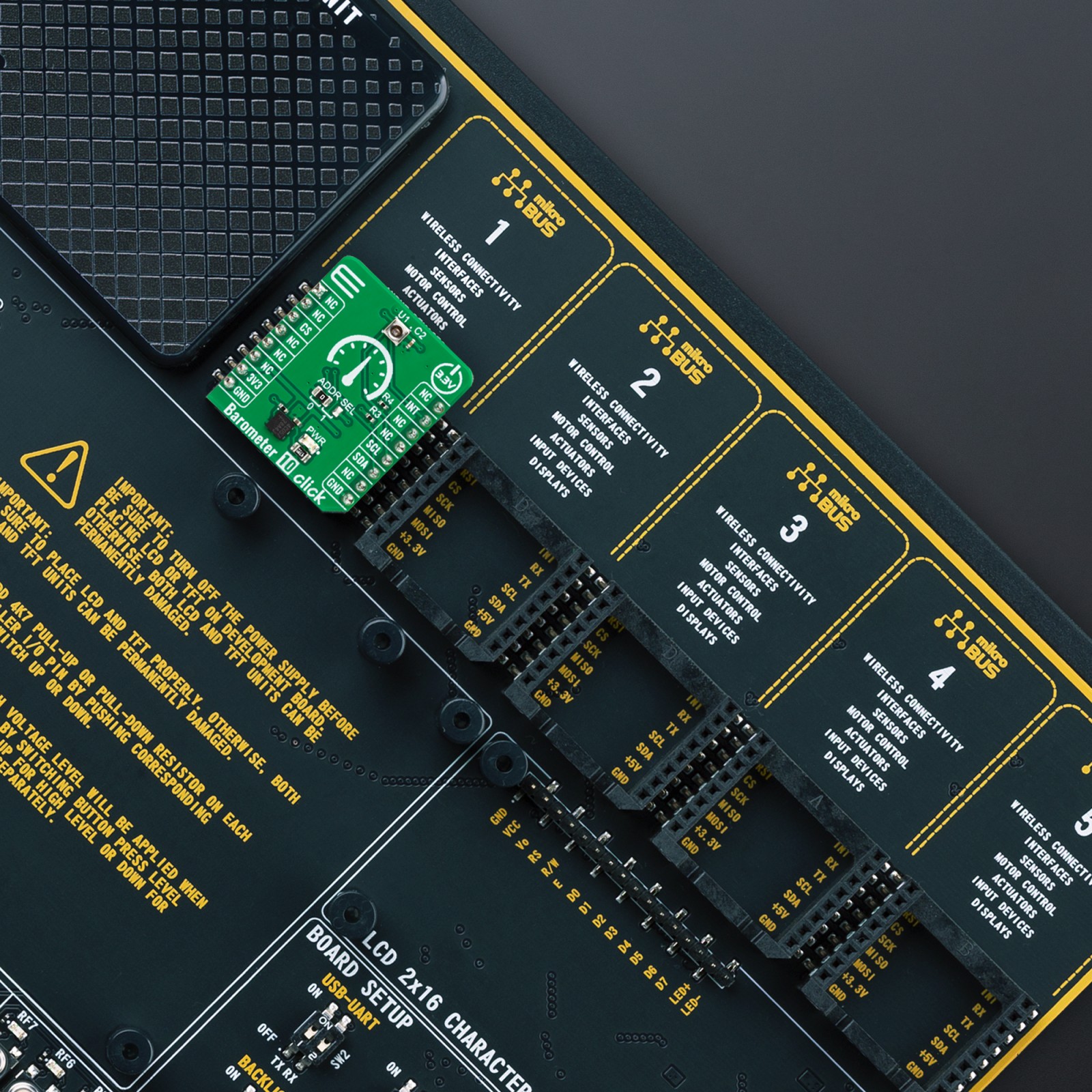

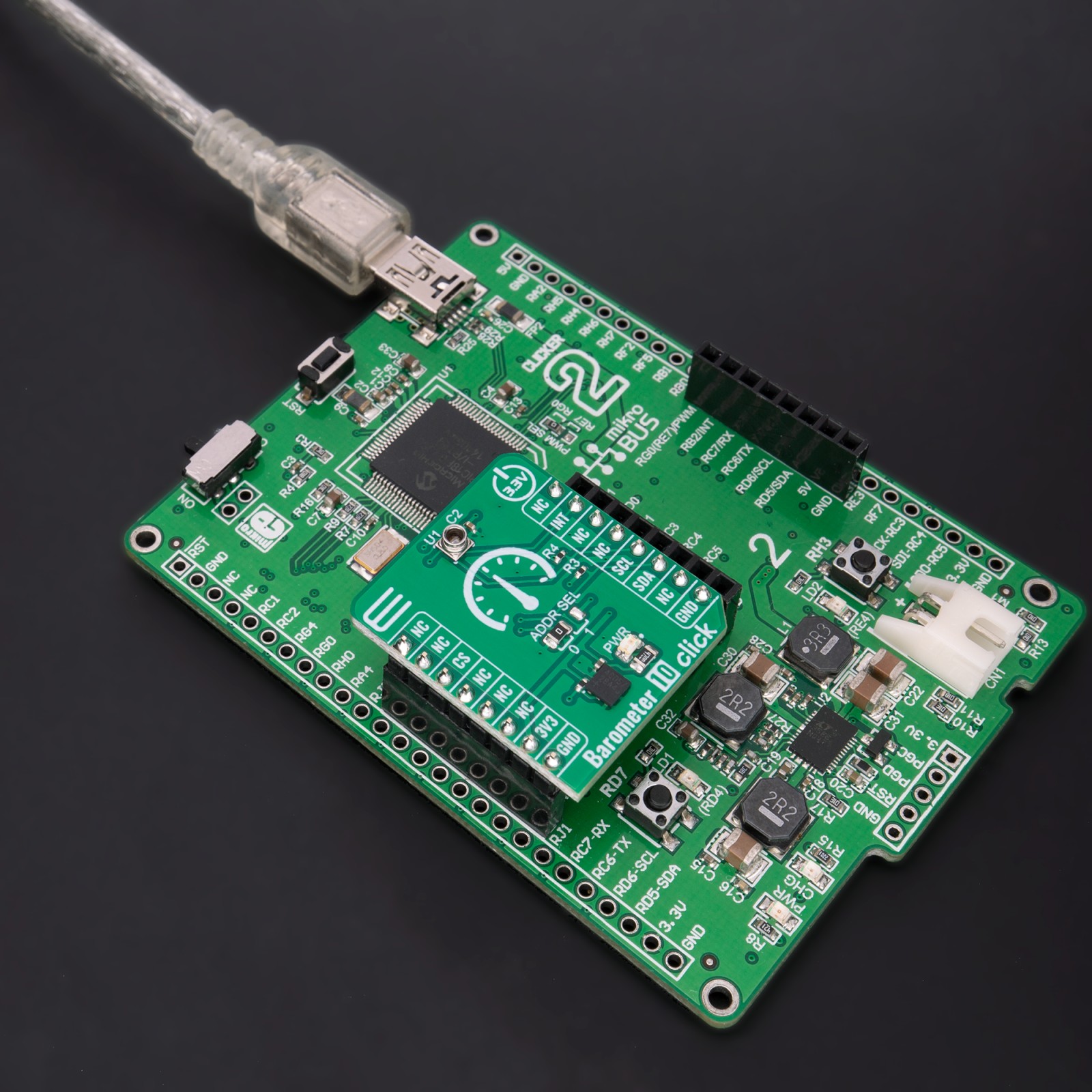

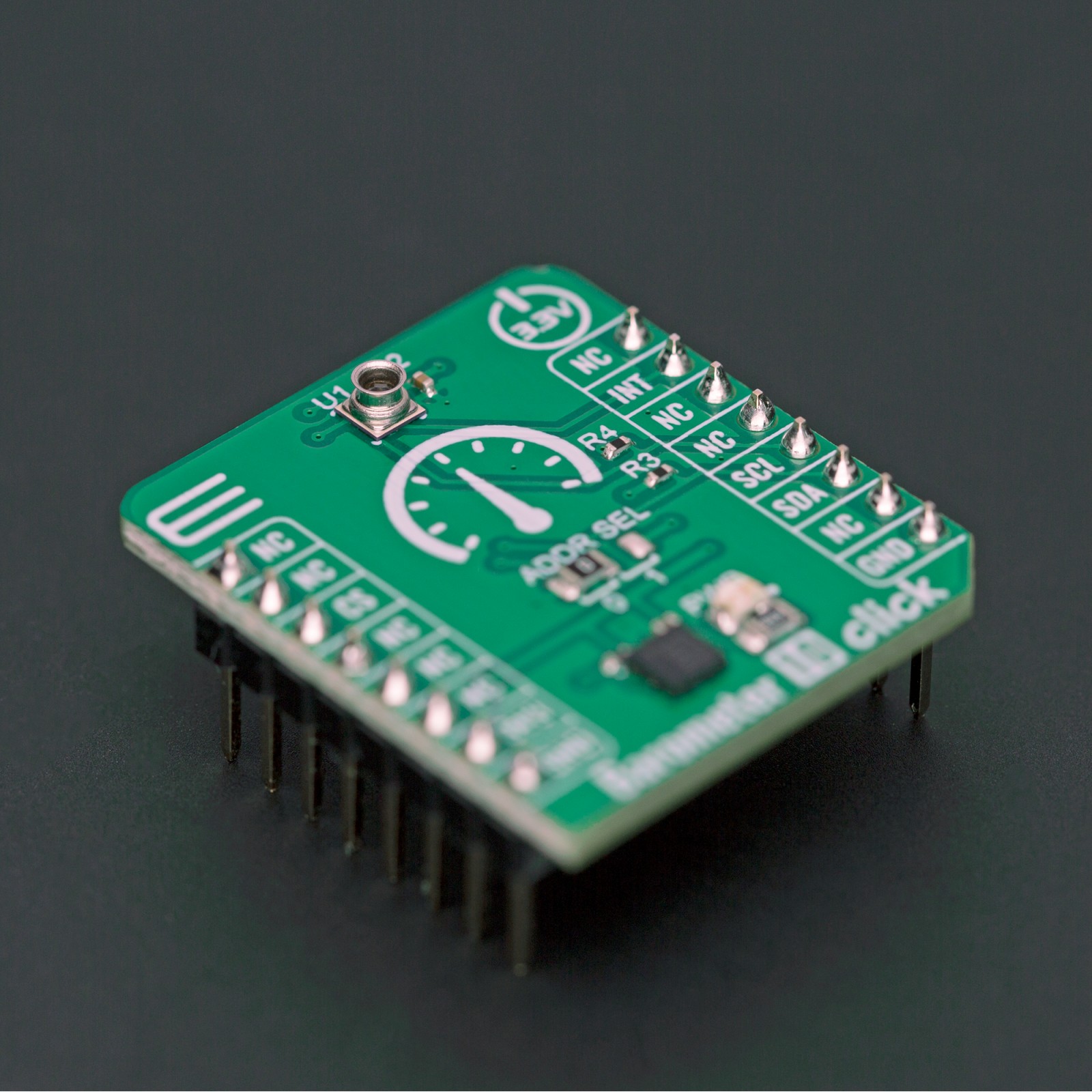

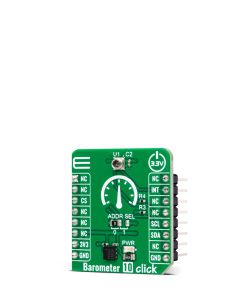
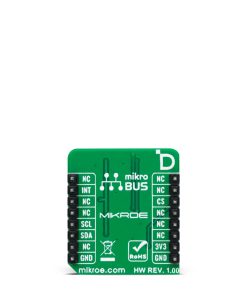
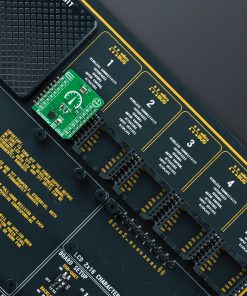
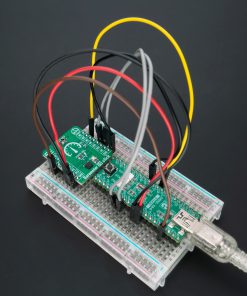
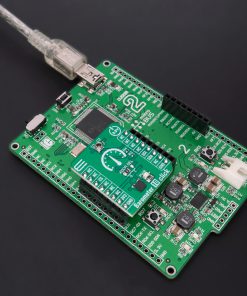

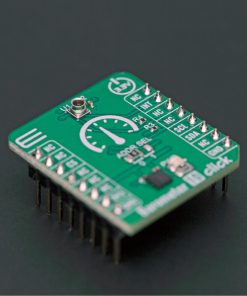
.jpg)








